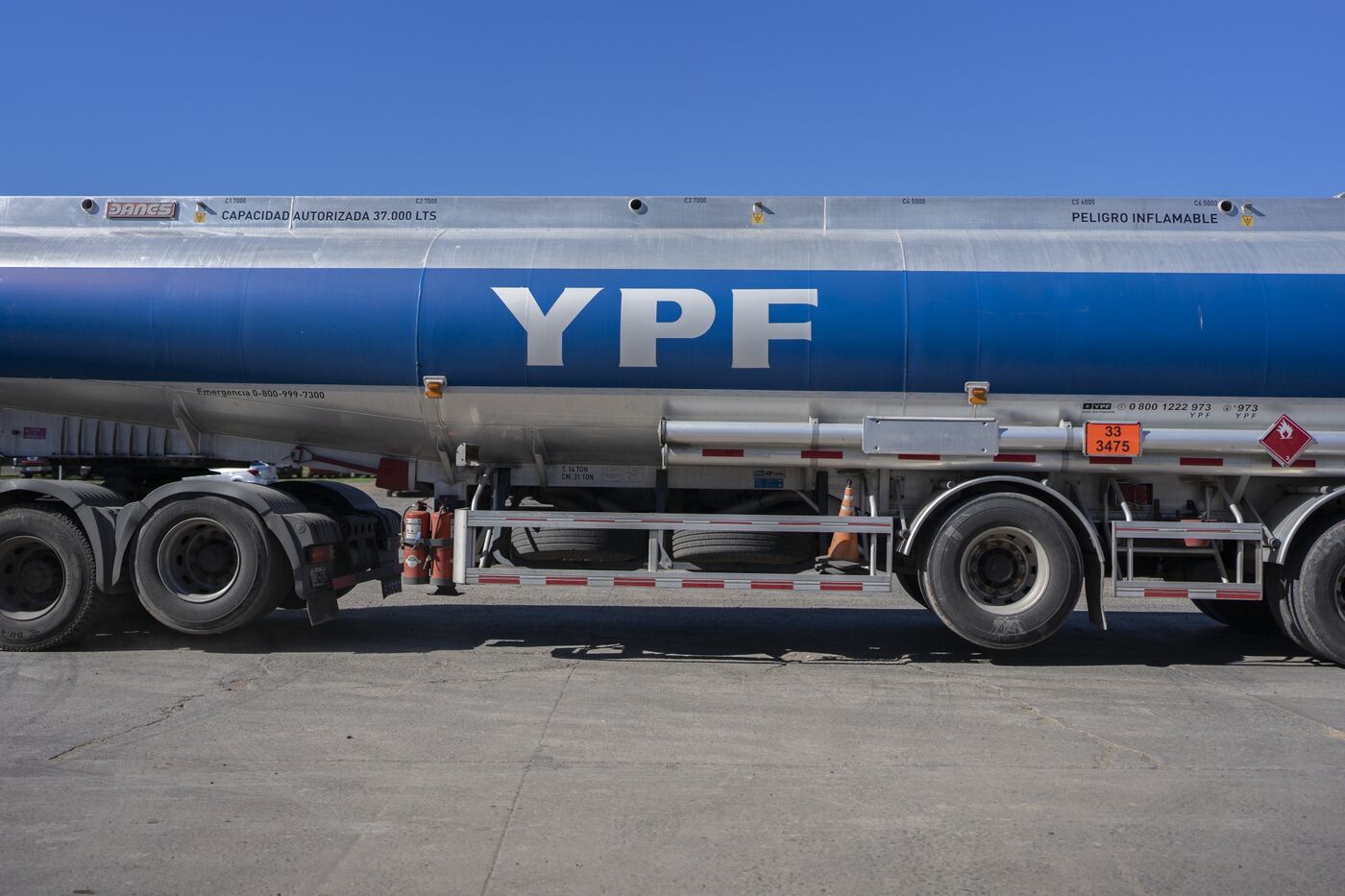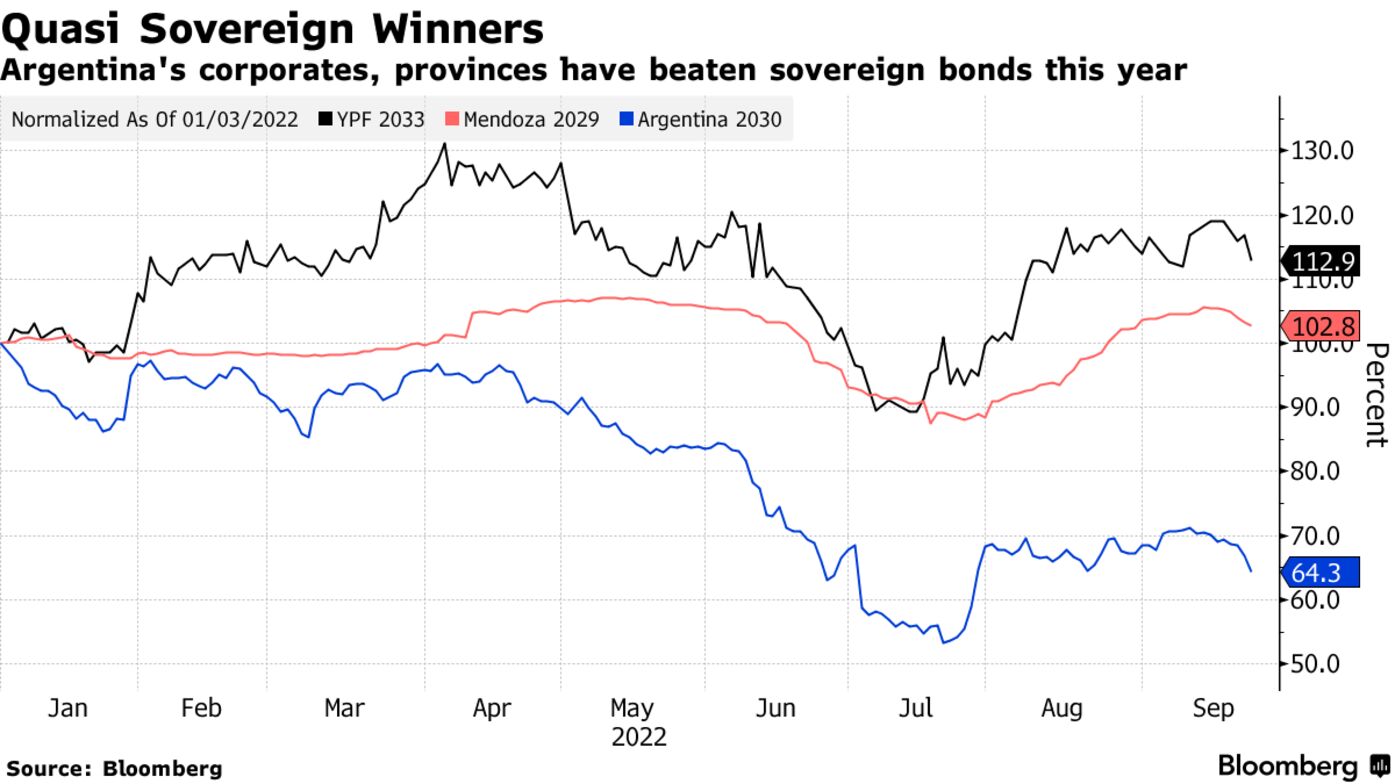Die einst bedeutende russische Streitmacht an den Grenzen zum Baltikum und Finnland soll laut einem Medienbericht erheblich zusammengeschrumpft sein. Von 30.000 Soldaten seien nur noch 6000 dort stationiert. Grund sei der sich hinziehende Angriffskrieg gegen die Ukraine.
Seit Kriegsbeginn in der Ukraine zieht Russland regelmäßig Truppen aus Stützpunkten an der Grenze zu den baltischen Staaten und Finnland ab, um seine Verluste in der Ukraine auszugleichen. Das berichtet die Zeitschrift "Foreign Policy" auf ihrer Webseite. Die russische Bedrohung für die angrenzenden NATO-Staaten und den NATO-Anwärter Finnland verliere dadurch aktuell an Schrecken.
"Der Abzug, den wir in den letzten sieben Monaten aus dieser Region erlebt haben, ist sehr bedeutsam", wird ein Verteidigungsbeamter zitiert, der anonym bleiben will. 80 Prozent dieser russischen Truppen sollen mittlerweile in die Ukraine verlegt worden sein. Zuvor soll es sich um die dichteste Konzentration von Streitkräften nahe dem NATO-Gebiet gehandelt haben. Diese seit Jahrzehnten bestehende Bodentruppenstellung sei nun "praktisch verschwunden".
Der Beamte betonte jedoch, dass sich die Stärke der russischen Luftstreitkräfte in der Region nicht verändert hätte. Auch die russische Nordflotte - das Kronjuwel der russischen Seemacht, die auf der Kola-Halbinsel stationiert ist - sei relativ unberührt geblieben. Neben Truppen verlege Russland auch andere hochwertige militärische Ausrüstung, darunter Flugabwehrsysteme und Raketen, aus der Region in die Ukraine, so der Beamte.
"Kampfkraft für die erste Invasion"
Der litauische Verteidigungsminister Arvydas Anusauskas sieht laut "Foreign Policy" als Grund für den Abzug, dass Moskau diese Truppen gegen die Ukraine eingesetzt habe, um "genügend Kampfkraft für die erste Invasion im Februar zu generieren". Aufgrund der schweren Verluste hätten diese während der Kämpfe ersetzt und wiederhergestellt werden müssen.
Auch aus der Region Kaliningrad, der russischen Exklave an der Ostsee, seien Truppen abgezogen worden, so Anusauskas. Vor dem Krieg seien in Kaliningrad etwa 12.000 Soldaten stationiert gewesen, heißt es in dem Bericht. Im Westen Russland nahe den baltischen Staaten und Finnland seien 18.000 Mann stationiert gewesen. Von diesen insgesamt einst 30.000 Soldaten seien 6000 verblieben, so die Schätzung von zwei europäischen Verteidigungsbeamten. "Die russische Bedrohung im Baltikum ist heute nicht mehr so groß wie noch vor einem Jahr", wird der Sicherheitsexperte Jim Townsend in dem Bericht zitiert.
Zuletzt hatte Russland wegen des sich hinziehenden Angriffskriegs und hohen Verlusten gegen die Ukraine mit massiven Personalsorgen bei seinen Truppen zu kämpfen. Nach zahlreichen Niederlagen an der Front im Osten der Ukraine ordnete Präsident Wladimir Putin daher eine Teilmobilmachung an. 300.000 Reservisten sollen nun in die russische Armee eingezogen werden.
Quelle: ntv.de, kst



